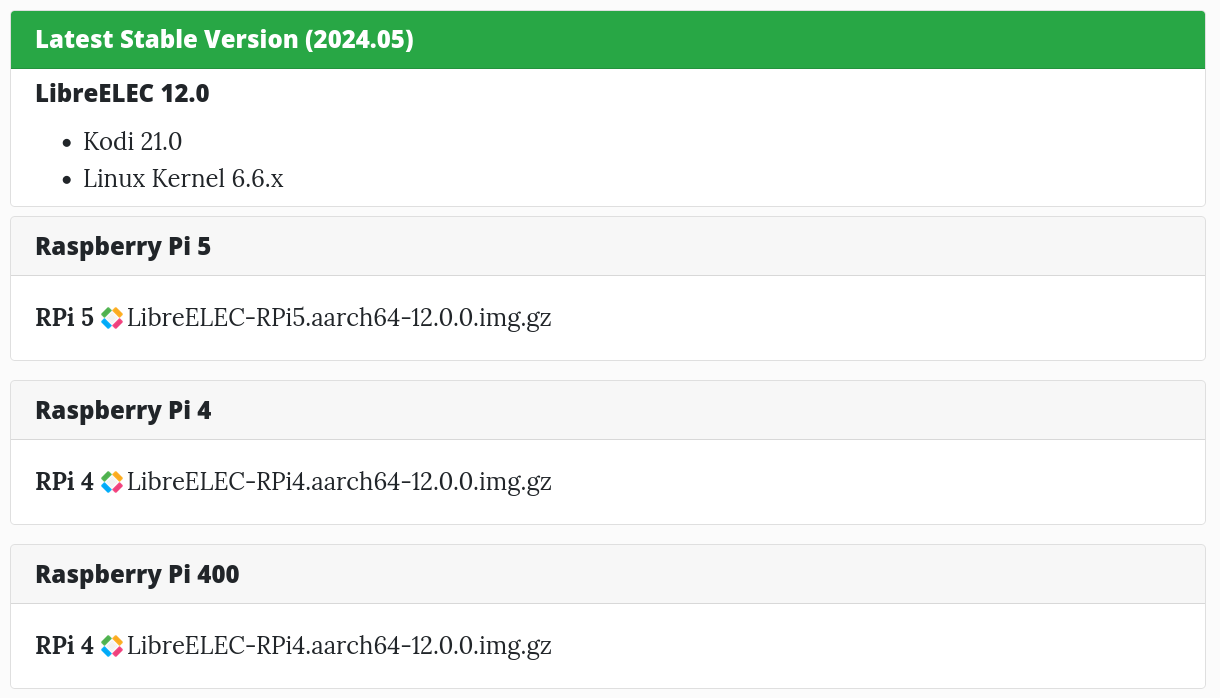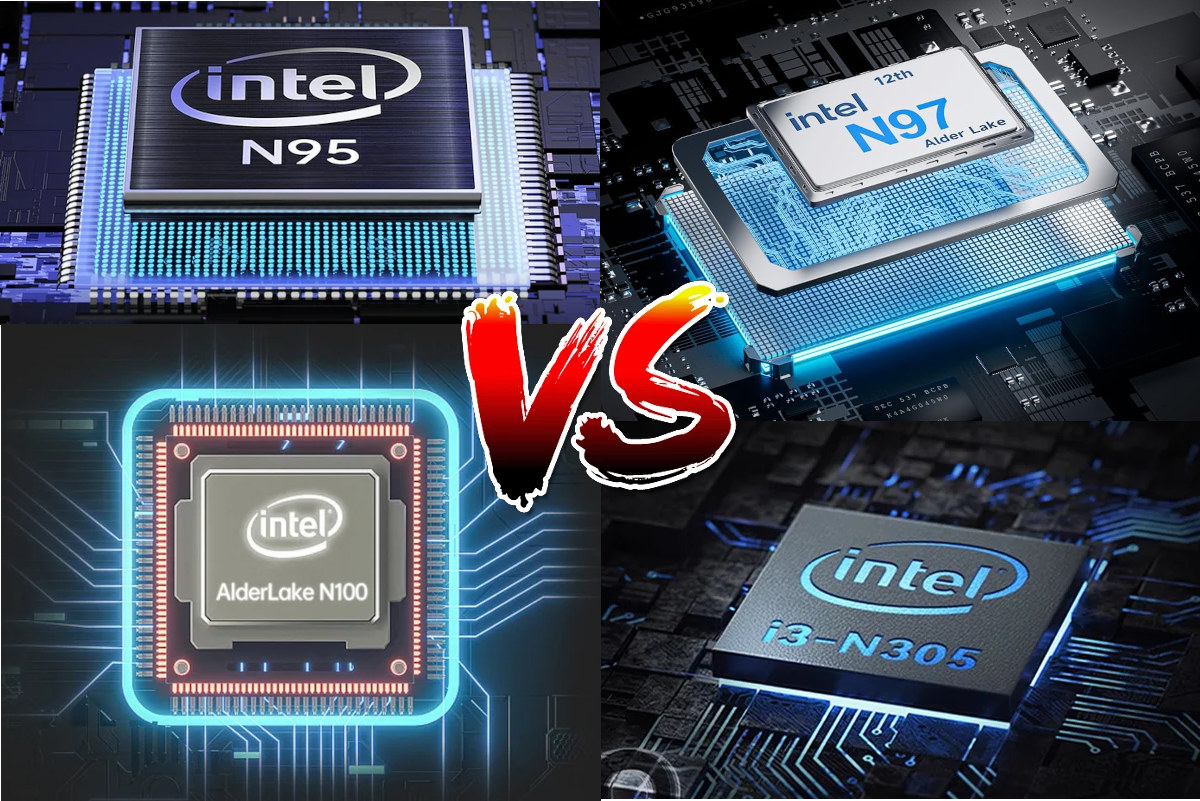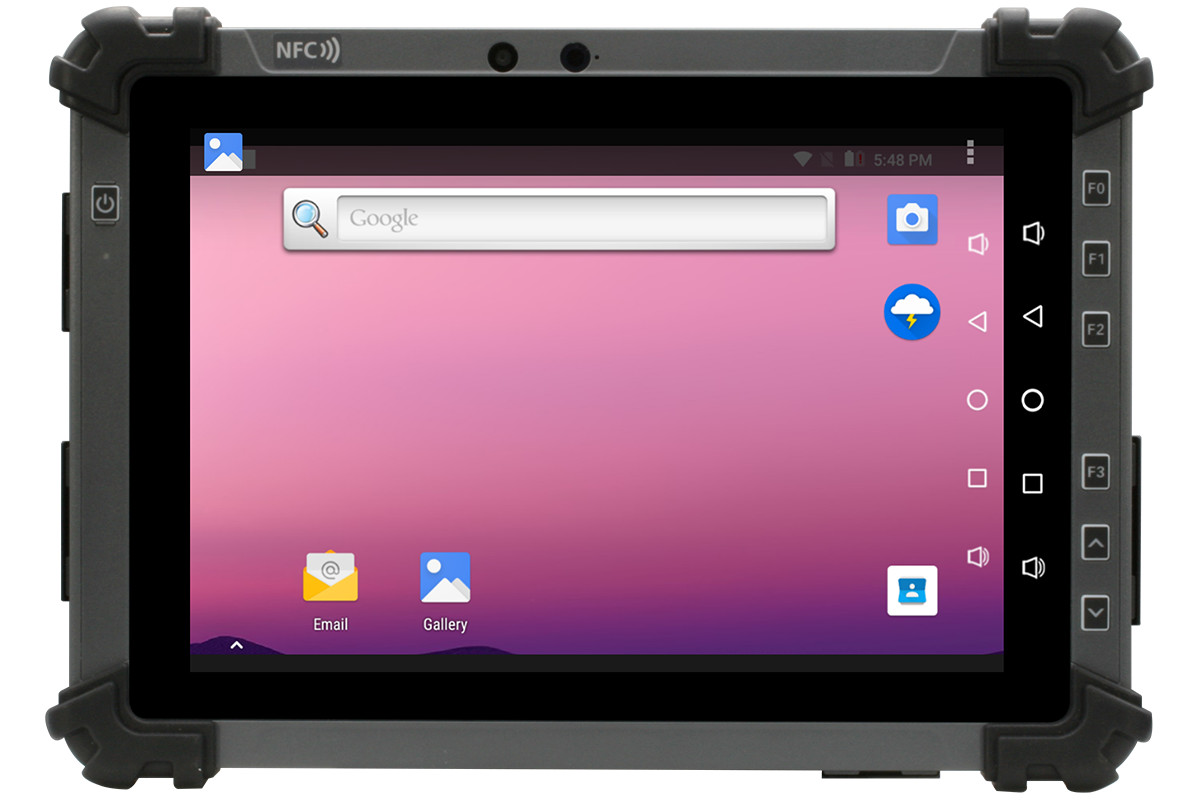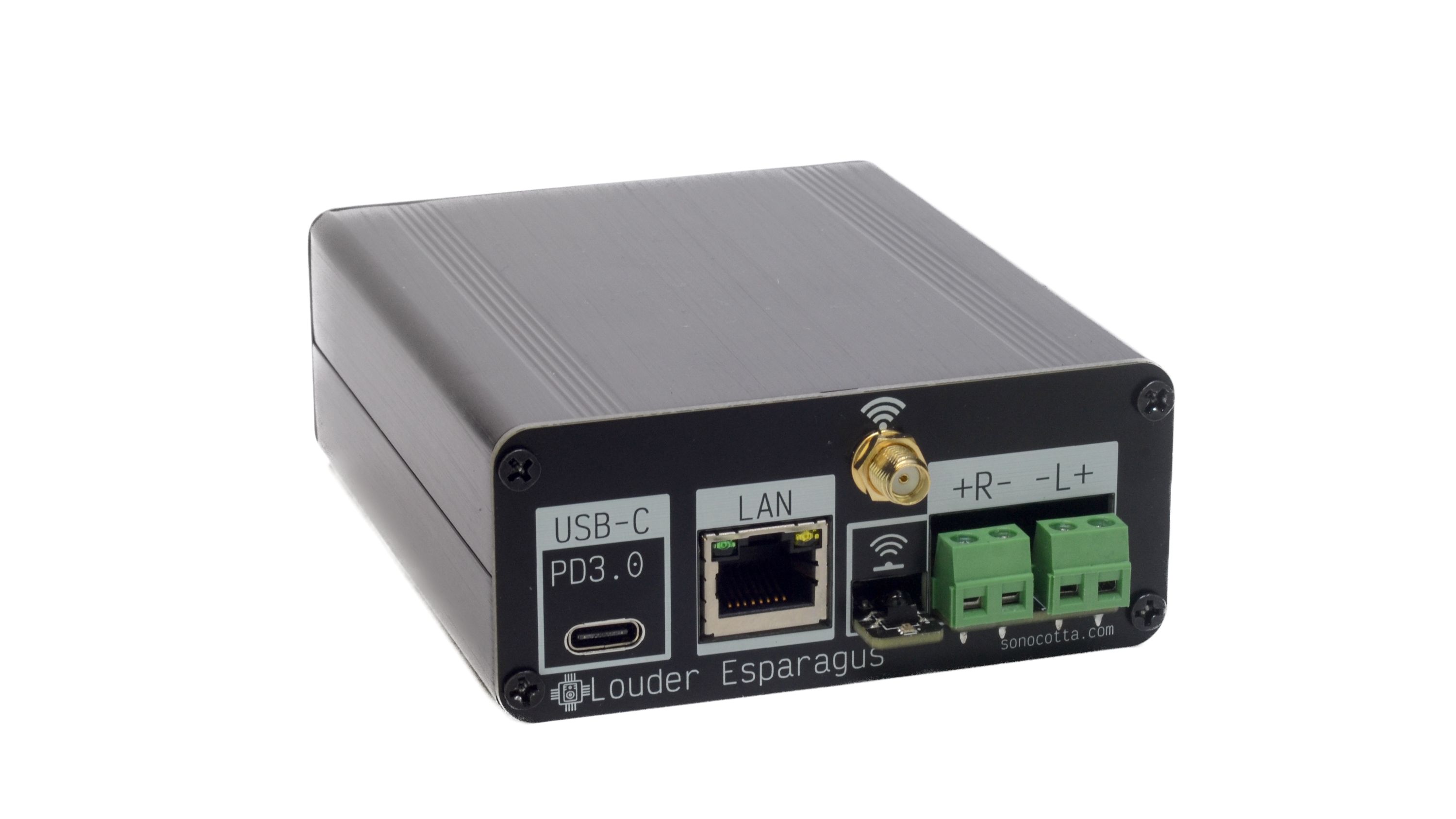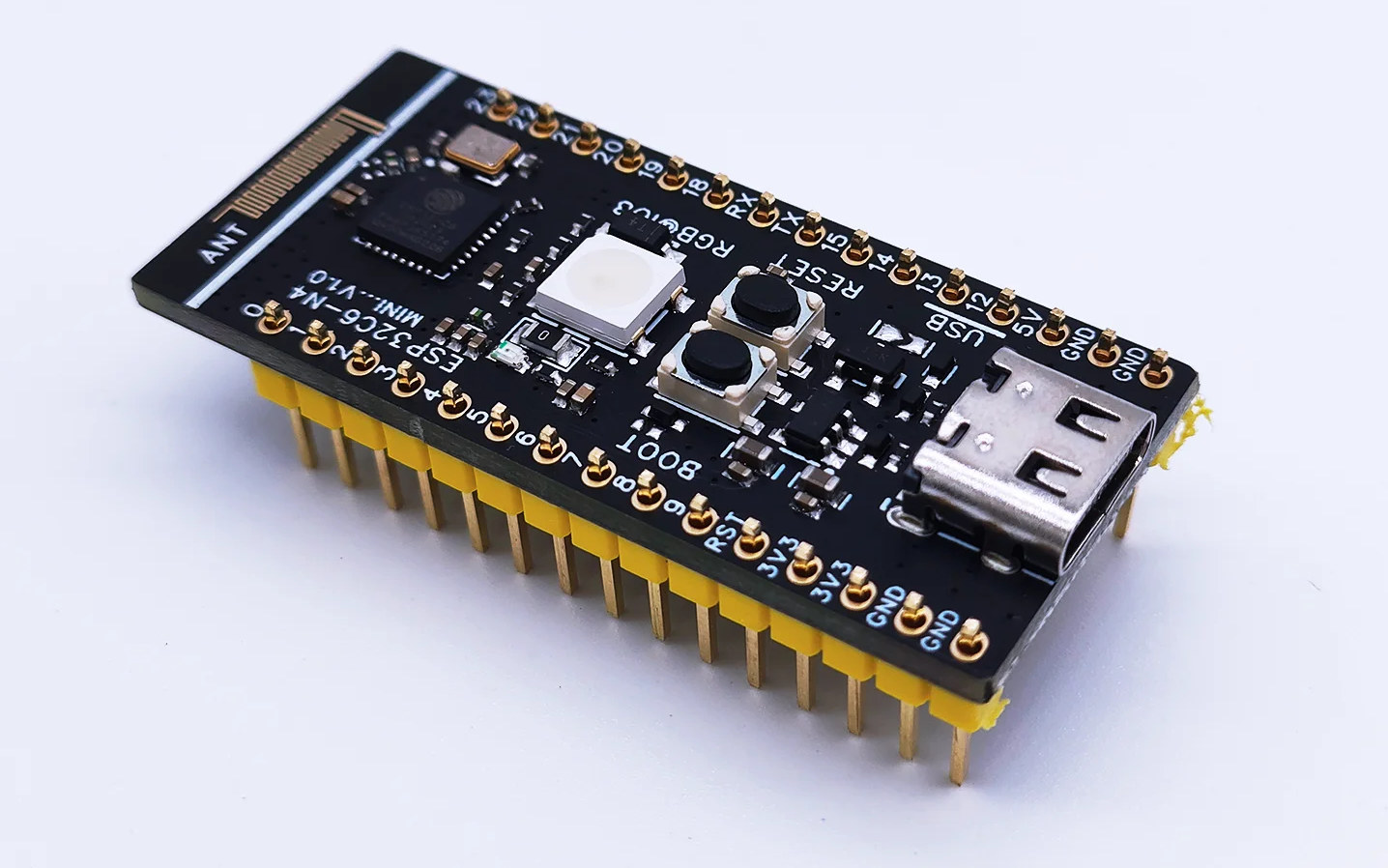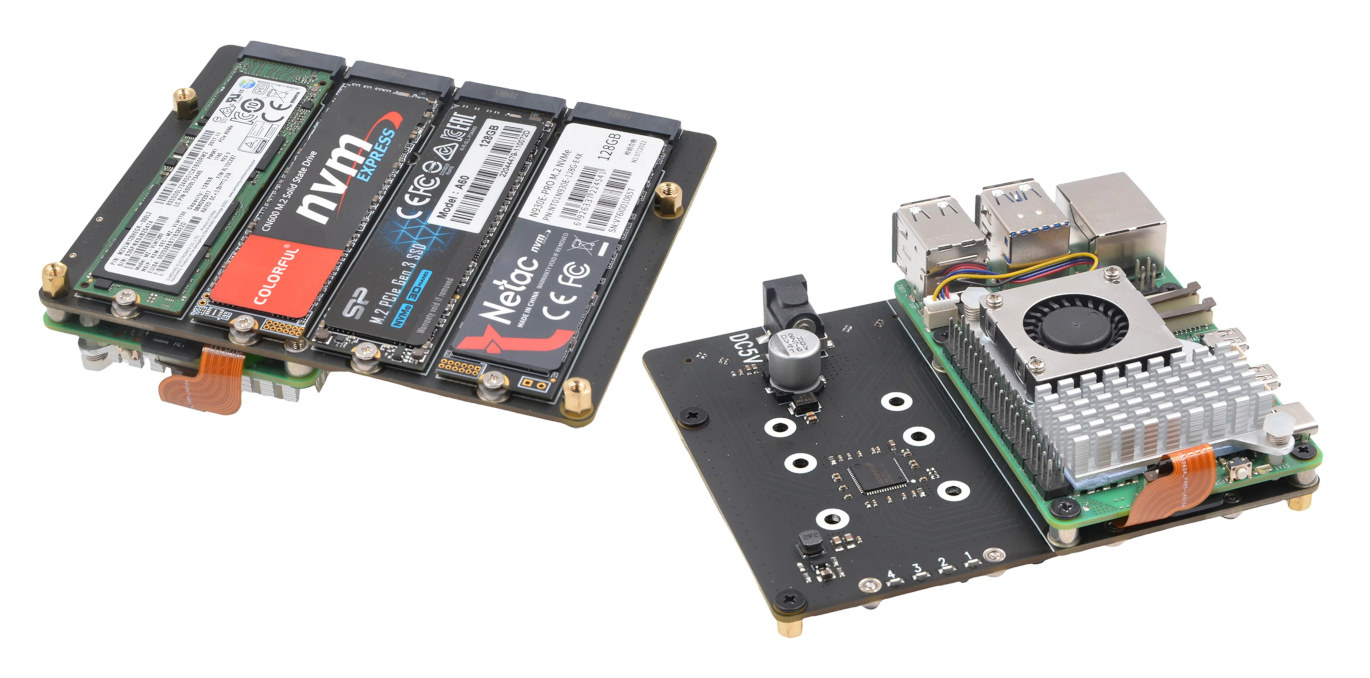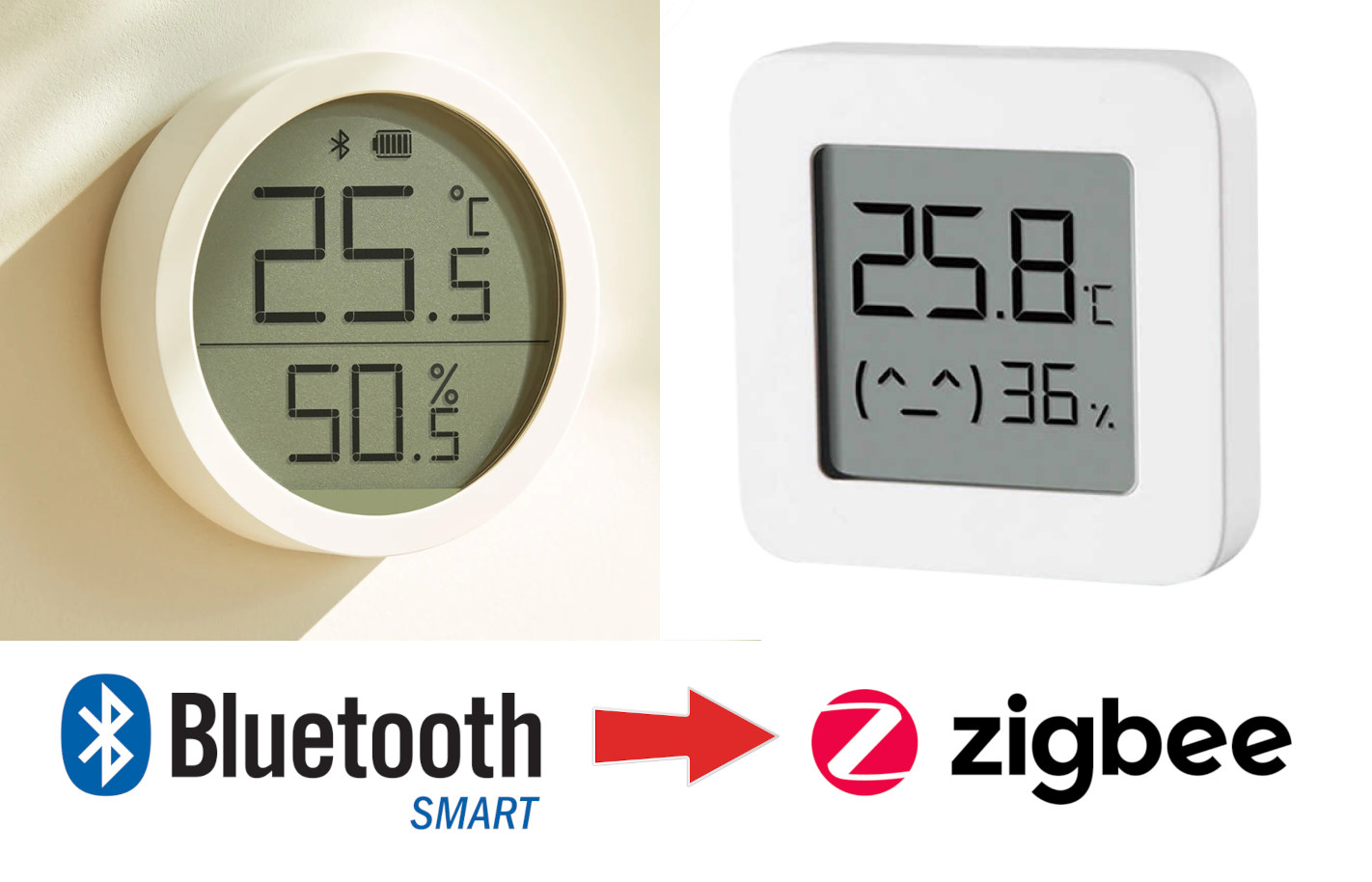Mixile has launched a promotion that could save you up to $75 on the company’s Rockchip RK3588-powered devices, namely the Mixtile Blade 3 SBC that can be used standalone or integrated into a cluster and Core 3588E SO-DIMM system-on-module that follows the NVIDIA Jetson Nano, TX2 NX, Xavier NX, and Orin Nano form factor and will work with most carrier boards designed for those. The first part of the “Lucky Offer” promotion is a $50 discount coupon code (cnx50off) applicable to the Mixtile Blade 3, Mixtile Blade 3 Case, and Mixtile Cluster Box. The Mixtile Blade 3 is a pico-ITX SBC powered by a Rockchip RK3588 octa-core Cortex-A76/A55 processor, with up to 32GB RAM, up to 256GB eMMC flash, three display interfaces, an HDMI input port, dual GbE, a 30-pin GPIO header, and a U.2 connector carrying 4-lane PCIe Gen3 and SATA 3.0 signals and specifically designed for cluster applications. […]
LibreELEC 12 released with Kodi 21, 64-bit Arm support for Raspberry Pi 4/5, and platforms
As one should have expected after the Kodi 21 “Omega” release last month, the LibreELEC 12 lightweight Linux media center distribution is now out with many devices updated to 64-bit, including the Rasberry Pi 4 and 5 SBCs. LibreELEC 11 was released last year based on Kodi 20 “Nexus” and bringing back support for Amlogic devices. LibreELEC 12 builds on that and benefits from the new features added to Kodi 21 such as FFmpeg 6 and works on Arm platforms based on Allwinner, Amlogic, Broadcom (Raspberry Pi), and Rockchip processors, as well as generic x86 computers. It’s an easy option to create a dedicated HTPC based on a range of hardware with all the features brought by Kodi 21 media center. Since so many platforms are supported there are always some limitations for each and known problems: Raspberry Pi – 50/60fps H.264 HW decoding may need force_turbo=1 or core_freq_min=500 in […]
Intel Processor N95 vs N97 vs N100 vs Core i3-N305 benchmarks comparison
Intel Alder Lake-N processors have been pretty popular in mini PCs and to a lesser extent in single board computers in the last year or so, thanks to their excellent performance/price and features/price ratios. All processors have more or less the same features, but performance differences do exist and do not always match the increasing part number. Since we’ve reviewed a bunch of Alder Lake mini PCs, I’ve decided to compare the performance of the Processor N95, Processor N97, Processor N100, and Core i3-N305 CPUs to have a better understanding of the differences between each part. For this purpose, we’ll rely on five mini PCs: Blackview MP80 (Processor N95), Blackview MP80 (Processor N97), the Intel N100-powered MINIX Z100-0dB and GEEKOM Mini Air12, and the Weibu N10 with a Core i3-N305 CPU. A summary of the specifications is listed in the table below. Some important remarks: Prices are taken from Amazon […]
AAEON RTC-1010RK – An RK3399 powered rugged Android 11 tablet with hot-swap battery and IP65 rating
AAEON’s RTC-1010RK is a 10.1-inch (1280 x 800) rugged tablet powered by a Rockchip RK3399 processor and can be equipped with up to 4GB LPDDR4 memory and 128GB eMMC flash. It offers robust connectivity with Wi-Fi, Bluetooth, and optional 4G LTE and Ethernet. It also supports GPS + GLONASS (Default), and BeiDou (Optional) for navigation. The RTC-1010RK is an IP65-rated tablet with protection against dust and water splashes. Additionally, it has programmable function keys, NFC/smart card readers, front (8MP) and rear (8MP) cameras, and the option to add a barcode scanner. The hot-swappable battery in the tablet ensures uninterrupted power, making it ideal for demanding field and industrial applications. It’s not the first rugged tablet from AAEON, as previously, we have written about the AAEON RTC-710AP 7-inch rugged tablet and the AAEON RTC-1010M Windows 10-based semi-rugged tablet. We also reviewed the Higole F7G Plus rugged tablet. Feel free to check […]
Sonocotta’s ESParagus “Media Center” is a series of ESP32-based, open-source audio streamers (Crowdfunding)
ESParagus Media Center is a line of audio streamers from Sonocotta, all powered by an ESP32 microcontroller module. It includes the ESParagus HiFi MediaLink, Loud ESParagus, and the Louder ESParagus. The ESP32-based audio centers can be used to power old stereo speaker systems that lack streaming capabilities. They are completely open-source, consume little power when not in use, and boot up in seconds. The ESParagus Media Center products are based on the ESP32-WROVER microcontroller module with Wi-Fi and Bluetooth connectivity and an onboard PSRAM chip. They are fitted with an external Wi-Fi antenna and the top-end model – the Louder ESParagus – is fitted with a W5500 LAN chip for Ethernet networking. All three ESParagus Media Centers run squeezelite-esp32 firmware which supports Spotify Connect, Apple AirPlay, and Logitech Media Server. Integrations with Home Assistant are possible and can be useful for multi-room configurations. The Louder ESParagus is quite similar to […]
WeAct ESP32-C6-Mini is the cheapest ESP32-C6 board so far going for less than $4
WeAct ESP32-C6-Mini is a small development board based on Espressif Systems ESP32-C6 WiFi 6, Bluetooth, and 802.15.4 wireless SoC that’s the cheapest we’ve seen so far selling for just $3.86 on Aliexpress. WeAct was one of the first companies to launch a third-party ESP32-C6 development board year with the price starting at just $6. I still remember the excitement around the first $5 ESP8266 WiFi 4 module when we first covered it in 2014, and ten years later, we can get a full $4 development board with a more powerful 160 MHz RISC-V microcontroller, WiFi 6, Bluetooth 5.0, and an 802.15.4 radio for Thread, Zigbee, and Matter. WeAct ESP32-C6-Mini specifications: Wireless SoC – ESP32-C6-N4 CPU Single-core 32-bit RISC-V clocked up to 160 MHz Low-power RISC-V core @ up to 20 MHz Memory – 512KB SRAM, 16KB low power SRAM Storage – 320KB ROM, and 4MB flash Wireless – 2.4 GHz […]
Geekworm X1011 board adds up to four NVMe SSDs to the Raspberry Pi 5
Geekworm X1011 is a new expansion board for the Raspberry Pi 5 with four M.2 sockets enabling the insertion of up to four M.2 NVMe SSDs with data pushed through the PCIe Gen2 interface of the popular SBC. We were already wondering why most people would want to connect two NVMe SSDs to the Raspberry Pi 5 when the Geekworm X1004 HAT+ was launched considering the 5GT/s limitation from the board and the PCIe switch, but the company decided to double the number of drives with the X1011 meaning each drive can achieve up to around 100 MB/s (or 400MB/s) when used simultaneously. It does look nice and fairly compact though. Geekworm X1011 specifications: Supported SBC – Raspberry Pi 5 and other SBCs with a compatible 16-pin PCIe FPC connector and mounting holes Chipset – ASMedia ASM1184e PCI express packet switch with 1x PCIe Gen2 x1 upstream port and 4x […]
Enabling Zigbee in Bluetooth LE temperature and humidity monitors from Xiaomi and Qingping using Telink TLSR8258 WiSoC
Qingping CGDK2 and Xiaomi LYWSD03MMC Bluetooth LE (BLE) temperature and humidity monitors based on Telink TLSR8258 can be switched to Zigbee thanks to a custom firmware flashed over-the-air. Telink TLS8258 is a multi-protocol wireless microcontroller supporting Bluetooth LE 5, Bluetooth Mesh, Zigbee, RF4CE, Thread, 6LoWPAN, HomeKit, ANT, and 2.4GHz proprietary and found in boards such as the LILYGO T-Zigbee and various products. Some products only enable one wireless protocol, for example, Bluetooth LE as in the just-mentioned Qingping and Xiaomi monitors, but “SmartHomeScene” has found out that it was possible to switch from BLE to Zigbee on those by simply updating the firmware. The Telink TLS8258 devices mentioned above will publish data over BLE every 10 minutes (unless humidity or temperature changes, in which case data is transmitted immediately) with the default firmware, but Zigbee can be enabled by using the pvvx custom firmware for the following models: Xiaomi LYWSD03MMC […]



